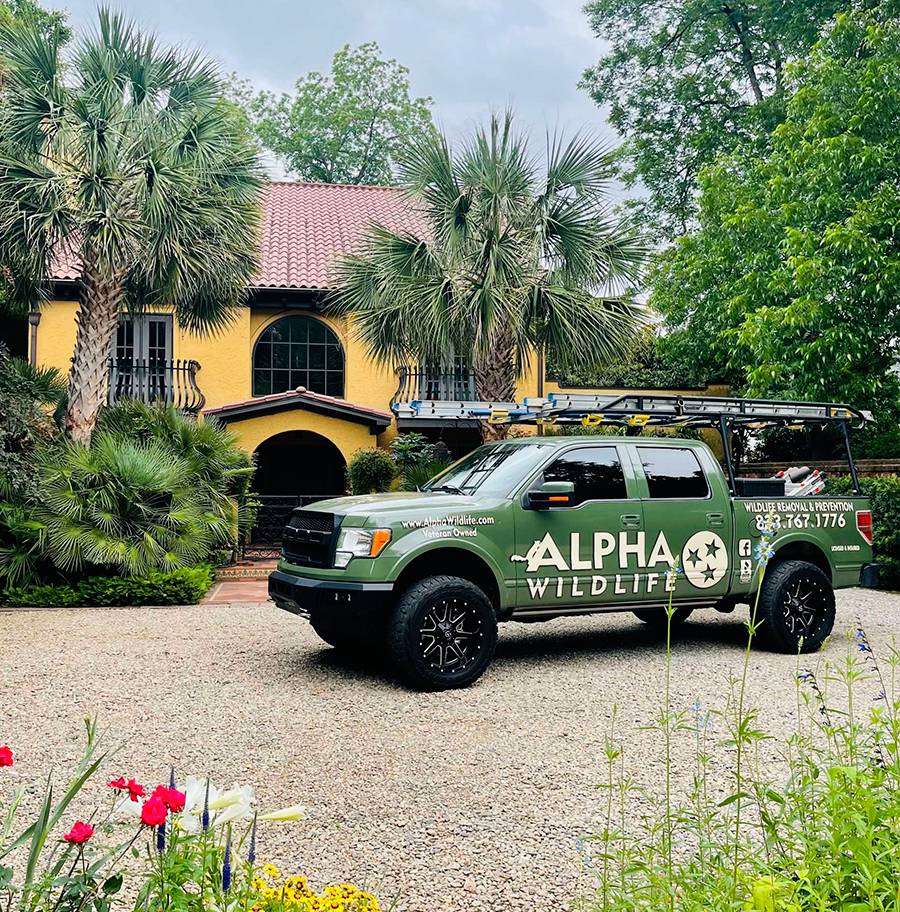Bats Overview
Bats are fascinating creatures, the only mammals capable of sustained flight. With over 1,200 species worldwide, they play critical roles in ecosystems, such as pollinating plants and controlling insect populations. Bats have a diverse range of habitats, from urban areas to forests and caves. Their nocturnal nature and echolocation abilities make them adept at navigating in the dark, allowing them to catch their prey with precision.
Bats Diet
Most bats are insectivores, feeding on a wide array of night-flying insects which makes them invaluable for natural pest control. Some species, however, have more specialized diets, including the nectar-feeding bats that play a vital role in pollination, and the fruit bats that help with seed dispersal, contributing significantly to the health of their ecosystems.
Bats Scat
Bat scat, or guano, is an important identifier of bat presence. Unlike rodent droppings, bat guano tends to cluster and accumulate beneath their roosting spots. It is pellet-like, with shiny insect parts visible, reflecting their insectivorous diet. Guano can be a valuable organic fertilizer, but it’s also associated with health risks, necessitating careful handling and cleanup.
Bats Tracks
Unlike many mammals, bats do not leave traditional foot tracks due to their flying nature. However, evidence of bats can sometimes be found in the form of marks from their landing or roosting – tiny scratches or residues on surfaces where they cling. Observing these subtle signs requires a keen eye and often a professional evaluation to confirm bat activity.

